
The Junkers Ju 88 is a German World War II Luftwaffe twin-engined multirole combat aircraft. Junkers Aircraft and Motor Works (JFM) designed the plane in the mid-1930s as a so-called Schnellbomber that would be too fast for fighters of its era to intercept. It suffered from technical problems during its development and early operational periods but became one of the most versatile combat aircraft of the war. Like a number of other Luftwaffe bombers, it served as a bomber, dive bomber, night fighter, torpedo bomber, reconnaissance aircraft, heavy fighter and at the end of the war, as a flying bomb.

The Norwegian campaign was an attempted Allied occupation of northern Norway, during the early stages of World War II.
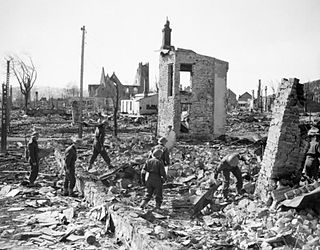
The Namsos campaign, in Namsos, Norway, and its surrounding area involved heavy fighting between Anglo-French and Norwegian naval and military forces on the one hand, and German military, naval and air forces on the other in April and early May 1940. It was one of the first significant occasions during the Second World War when British and French land forces fought the German Army.
The Norwegian Campaign, lasting from 9 April to 10 June 1940, led to the first direct land confrontation between the military forces of the Allies — United Kingdom and France — against Nazi Germany in World War II.
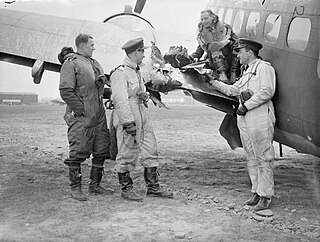
The Åndalsnes landings were a British military operation in 1940, during the Norwegian Campaign of World War II. Following the German invasion of Norway in April 1940, a British Army expeditionary force was landed at Åndalsnes, in Romsdal, to support Norwegian Army units defending the city of Trondheim. British forces were also landed at Namsos, north of Åndalsnes, in a complementary pincer movement. The British landings were unsuccessful and the Allies suffered a significant defeat at Åndalsnes.
TrønderBilene AS is a bus company operating in Trøndelag, Norway. As of 2009, it has 324 employees and 238 buses, and is owned by Torghatten ASA. The company operates both coach, bus, charter and school routes, as well as some truck and garage services. The areas of operation are Innherred, Namdalen, Fosen, Hitra and Frøya. TrønderBilene runs three town bus services: Buster in Steinkjer, Blåmann in Levanger and Verdalsøra, and Elgen in Namsos. The coach service from Namsos to Trondheim is part of NOR-WAY Bussekspress.
Kampfgeschwader 55 "Greif" was a Luftwaffe bomber unit during World War II. KG 55 was one of the longest serving and well-known in the Luftwaffe. The wing operated the Heinkel He 111 exclusively until 1943, when only two staffeln of its four Gruppen (Groups) used the Junkers Ju 88C.
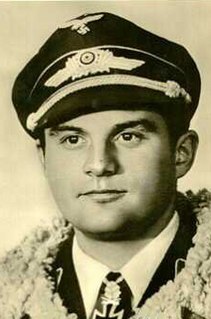
Joachim Helbig was a German bomber pilot during World War II. He joined the Luftwaffe in 1936 and served almost all of his career with Demonstration Wing 1. With his unit, he participated in the Invasion of Poland, the Norwegian Campaign, the Battles of the Netherlands, Belgium, France and Britain in 1939–40. For his contributions in these campaigns, Helbig received the Knight's Cross of the Iron Cross in late 1940. He was then transferred to the Mediterranean theater where he bombed Malta, the British Mediterranean Fleet and flew in support of the Afrika Korps. Helbig received the Knight's Cross of the Iron Cross with Oak Leaves and Swords in late 1942 for the support of Field Marshal Erwin Rommel's 1942 summer offensive.

Guttorm Hansen was a Norwegian writer and politician for the Labour Party. He started his career as a mechanic, but after 1945 he was a journalist and editor of magazines and newspapers. Via local politics in his native Namsos he was elected to the Norwegian Parliament in 1961, serving six terms in total. He was the President of the Storting for two of these terms, from 1973 to 1981. He was also known as a prolific book writer, many of his books having a direct connection to his political life.

Hermann Hogeback was a German bomber pilot during the Nazi era. He flew more than 100 operational sorties during the Spanish Civil War and 500 during World War II and was a recipient of the Knight's Cross of the Iron Cross with Oak Leaves and Swords of Nazi Germany. Hogeback's last service position was commander of the 6th Bomber Wing.
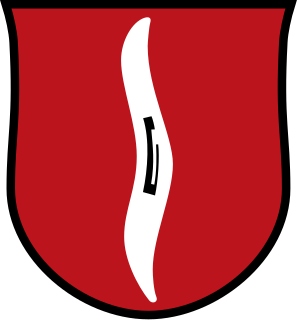
Kampfgeschwader 4 "General Wever" was a Luftwaffe bomber wing during World War II. The unit was formed in May 1939. The unit operated the Dornier Do 17, Junkers Ju 88 and Heinkel He 111 medium bombers, with later service on the Heinkel He 177 heavy bomber. The wing was named after General Walther Wever, the prime pre-war proponent for a strategic bombing capability for the Luftwaffe, who was killed in an aircraft accident in 1936.

Martin Harlinghausen was a German military aviator and general. Harlinghausen specialised in maritime interdiction and anti-warship operations. During World War II Harlinghausen was the leading exponent of anti-ship warfare with the destruction of 22 ships credited to him.
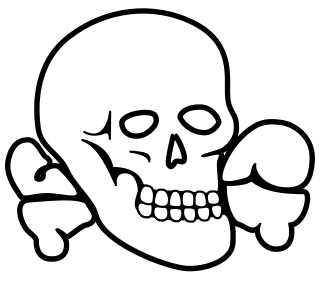
Kampfgeschwader 54 "Totenkopf"(German pronunciation: [ kampfɡəʃvaːdɐ fiːɐ ʊntfʏnftsɪç ]) was a Luftwaffe bomber wing during World War II. It served on nearly all the fronts in the European Theatre where the German Luftwaffe operated.
Zerstörergeschwader 76 was a Zerstörergeschwader (wing) of the German Luftwaffe during World War II. The wing operated the Messerschmitt Bf 109 in the early phases of World War II, then the Messerschmitt Bf 110 for the duration of the war.

Kampfgeschwader 26 "Löwengeschwader" was a German air force Luftwaffe bomber wing unit during World War II. Its units participated on all of the fronts in the European Theatre until the end of the war. It operated three of the major German aircraft medium bomber types; the Heinkel He 111, Junkers Ju 88 and the Junkers Ju 188. The unit engaged in both strategic bombing, close air support, anti-shipping and aerial interdiction operations. The majority of its operational life – not entirely unlike another Luftwaffe wing designated KG 40 — was spent on anti-shipping missions.

Operation Weserübung was Germany's assault on Denmark and Norway during the Second World War and the opening operation of the Norwegian Campaign.

Trondheim Airport, Jonsvatnet was a water aerodrome located at Valset on the lake of Jonsvatnet in Trondheim, Norway. The airport was built as the first permanent airport serving Trondheim and initially was used for Norwegian Air Lines' (DNL) routes which commenced in 1935. Ahead of the 1936 season the airport was equipped with permanent installations, including wharfs and a small terminal building. In 1937 the airport was used by Widerøe, before DNL returned the following year.

Squadron Leader Caesar Barrand Hull, DFC was a Royal Air Force (RAF) flying ace during the Second World War, noted especially for his part in the fighting for Narvik during the Norwegian Campaign in 1940, and for being one of "The Few"—the Allied pilots of the Battle of Britain, in which he was shot down and killed. From a farming family, Hull's early years were spent in Southern Rhodesia, South Africa and Swaziland. He boxed for South Africa at the 1934 Empire Games. After being turned down by the South African Air Force because he did not speak Afrikaans, he joined the RAF and, on becoming a pilot officer in August 1936, mustered into No. 43 Squadron at RAF Tangmere in Sussex.
The following events occurred in April 1940:
Cato Gunfeldt is a Norwegian journalist in Aftenposten and non-fiction writer of Second World War history. He lives in Bærum.















